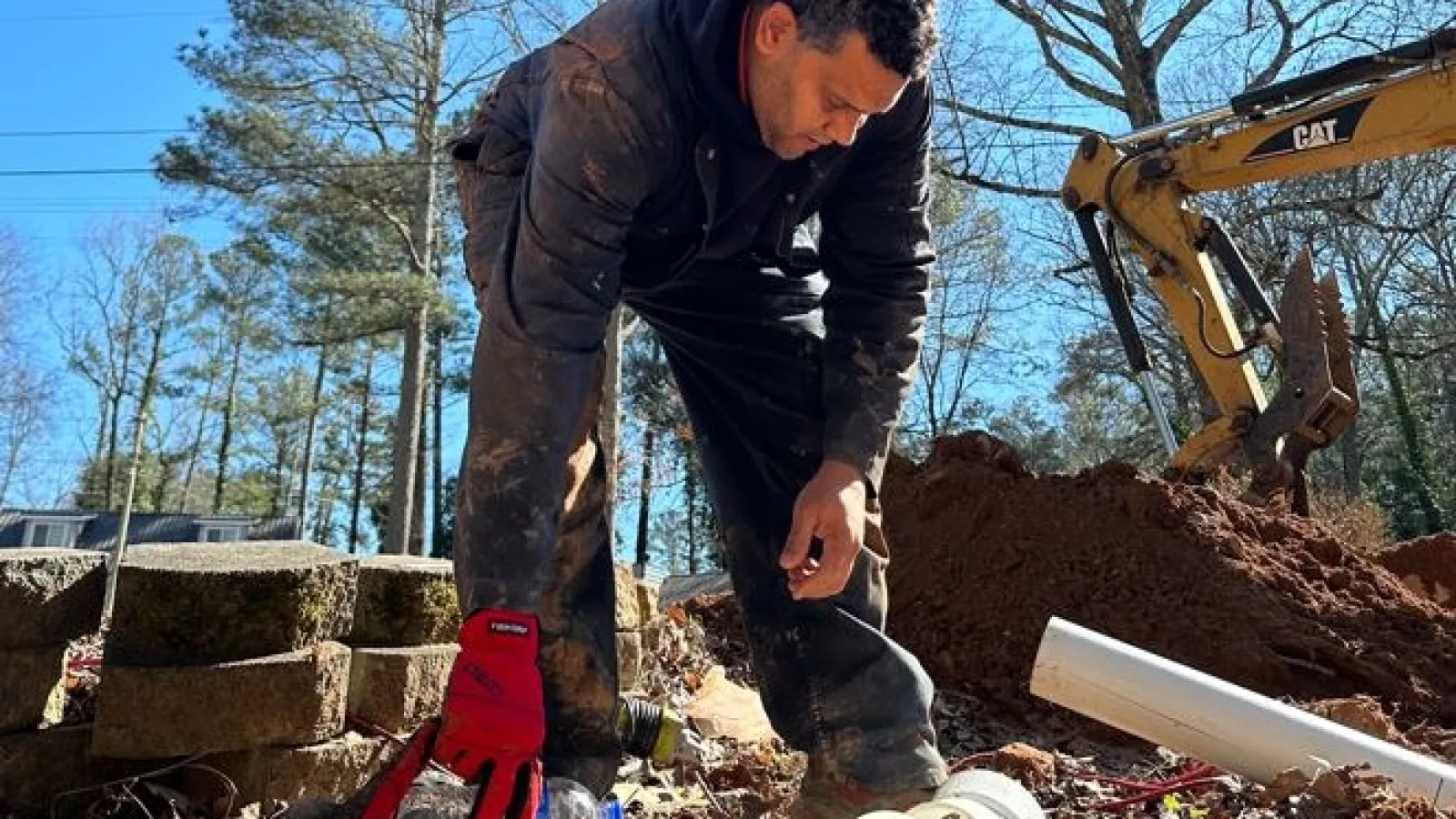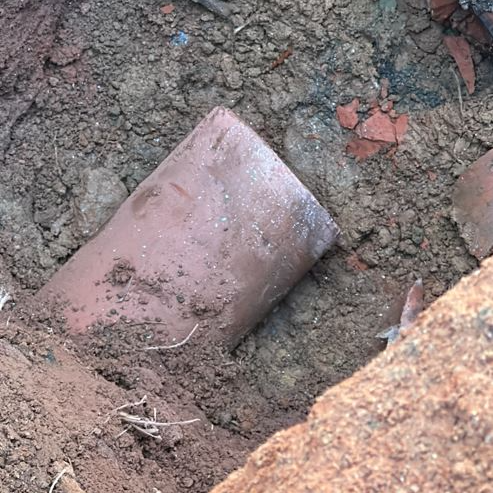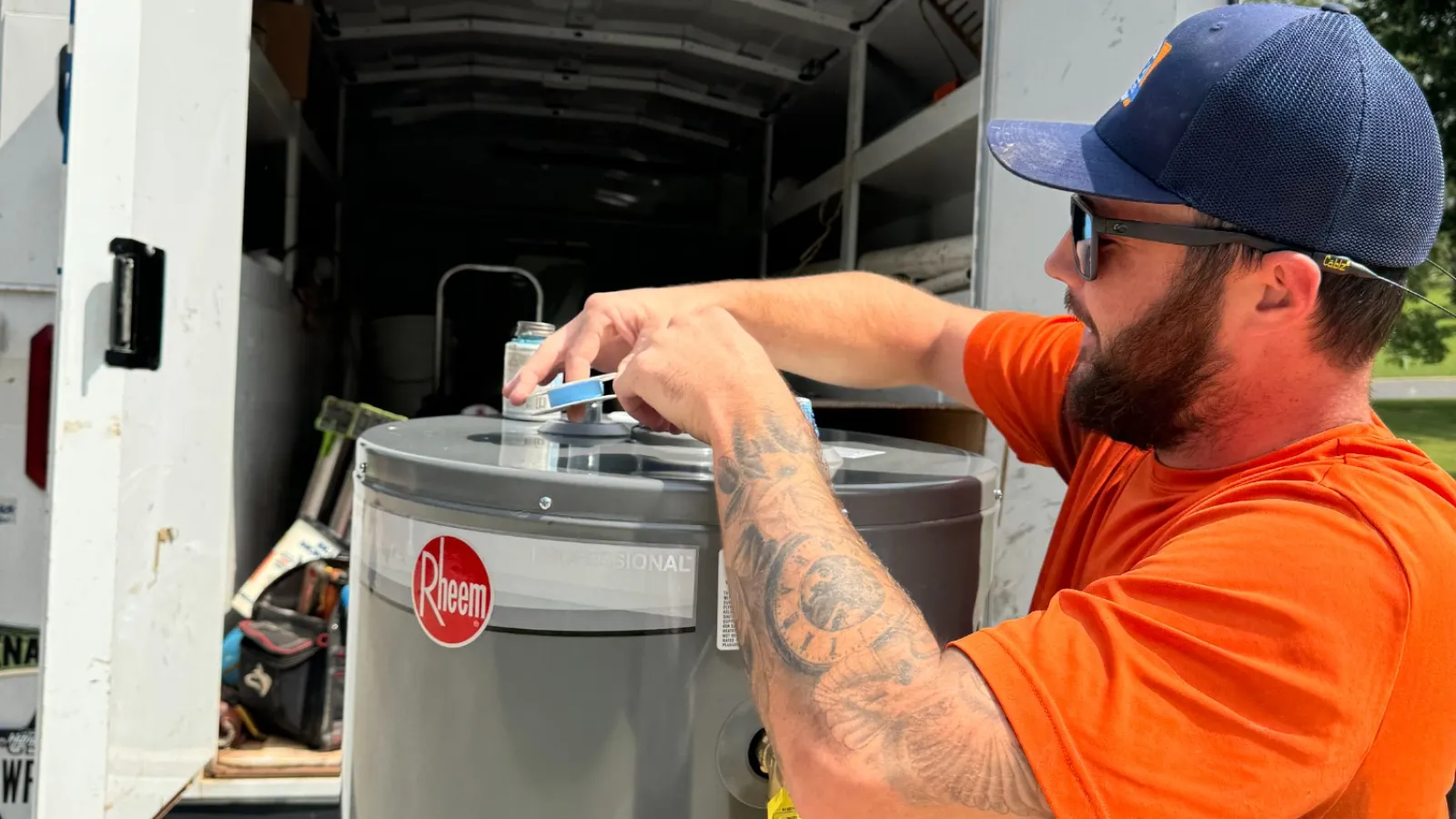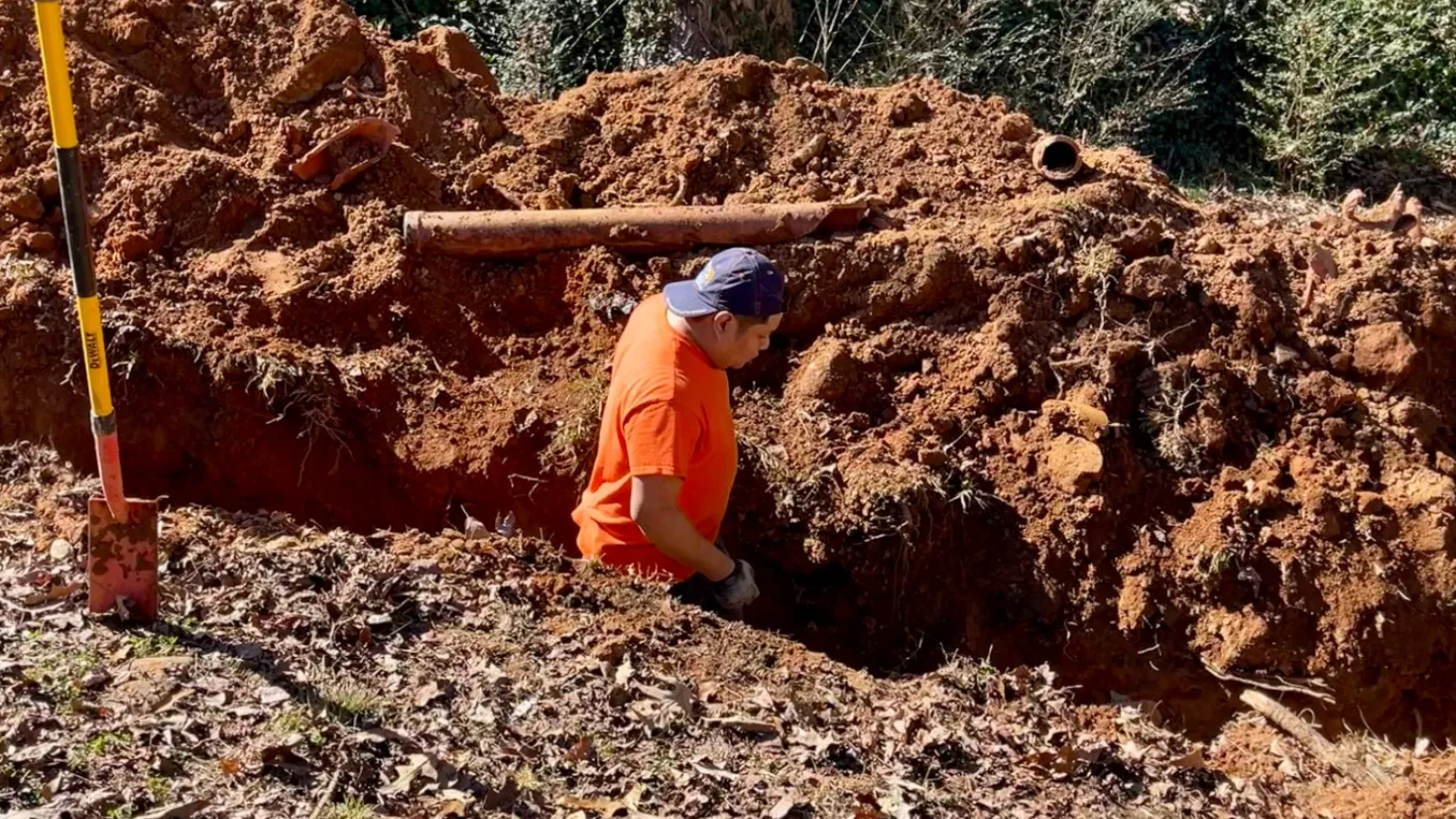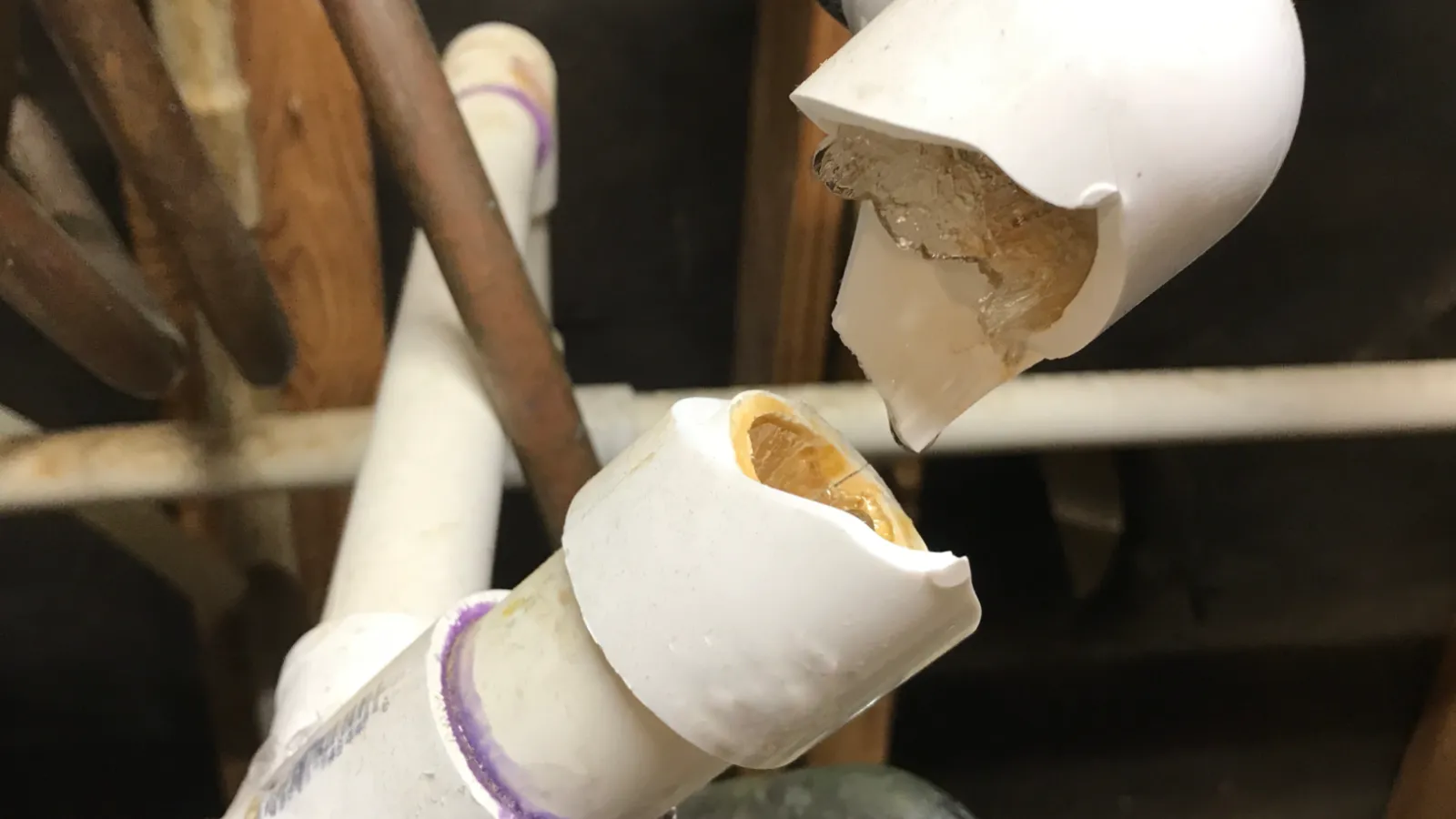Have you started to notice little flies accumulating around your home's drains? If you're assuming they're fruit flies, you may be off base, despite their similar size. Below, we will help you understand what drain flies are, how to get rid of them, and how to prevent them from coming back.
What are drain flies?
Drain flies are a small fly species similar in size to fruit flies. With a closer look though, they are easy to tell apart. In terms of appearance, drain flies have fuzzy bodies, which is why they are also known as moth flies. Like moths, they not only have those aforementioned fuzzy bodies but also have long antennae that look more moth-like than fly-like.
These flies reproduce quickly and in large numbers, and each fly lives for a bit under a month. This means they can be a perpetual problem.
Where do you find drain flies?
Much like the name suggests, they are often found in or around drains and other moist areas. These flies rely on an area of standing water for their reproductive cycles, which is why they often congregate around drains.
They also need decaying organic matter, which is why they can also be found near compost sites and garbage cans. They can also feed on drain film or bacteria, meaning an area doesn't have to be "dirty" to accumulate drain flies. They also tend to show up after you've been on vacation, since there may be some still water in your drains that isn't normally as stagnant.
How to Get Rid of Drain Flies
Dry the Area — Before attacking the problem of drain flies that surround your drains, it is important to note that drains aren't their only habitat. As mentioned previously, drain flies can also surround compost sites, garbage cans, plants, and other areas inside and outside of your home. This is because all they require is a feeding source and still water. Therefore, it's important to keep areas that may accumulate still water (like a plant saucer) dry to prevent a breeding ground. Once you dry the area in non-drain cases, the flies should go away quickly.
Cover the Drains — Now that we've tackled drain flies living away from your drains, now it's time to get into their namesake habitat. If the flies are accumulating in a room with multiple drains, such as a bathroom, the first step is to cover all of them. To do this, you can use clear tape, or a clear cup lined with oil or petroleum jelly. When the flies come up out of the covered drain, they will get stuck to either the tape or the cup, allowing you to identify which drain is the root of the problem. Doing this first will make the task of eliminating them much more efficient for you and/or any professional you hire, since you won't waste time treating other areas.
Clean Your Drains — Since the home base of the drain flies has now been discovered, you can now move on to treating the issue. The first step to take is cleaning your drains, which is important whether you have drain flies or not. If you are doing this yourself, it is essential to be gentle both in terms of method and what products you use, since you don't want to damage your drains. One well-tested method for eliminating both flies and bacteria is a combination of ½ cup of salt, ½ cup of baking soda, and 1 cup of vinegar left in the sink overnight, allowing it to bubble up. In the morning, flush the drain with hot water, but ensure it isn't boiling, as that can further harm your drains.
Vinegar Trap — If after cleaning your drains you're still noticing drain flies, the next step is to make a vinegar trap. To do this, combine apple cider vinegar and dish soap in a bowl. Next, cover the bowl with plastic wrap and pierce holes through it once it is placed over the bowl to allow flies through. The flies will be attracted to the smell of the vinegar, but will get caught in the dish soap and eventually drown. However, this will only trap live flies, and won't solve the problem of the larvae likely laid in the drains.
Call a Plumber — If you don't want to deal with boiling water or the smell of vinegar, or worse, somehow damage your pipes while attempting to clean them out yourself, it's truly best to call a professional Atlanta plumber. Our plumbers understand how drains work, and bring the right tools for the job, making all the difference when effectively cleaning your pipes. They also can identify other issues that actually may be the root of the problem with their expertise in plumbing services.
Ultimately, hiring a plumber ensures the job is done thoroughly and correctly.
Keep Drain Flies Away with Estes Services
Hiring a professional plumber is a key element in practicing preventative maintenance in both keeping your pipes in the best condition and ensuring they aren't a breeding ground for drain flies.
If you are looking for the best drain cleaning services in Atlanta, choose Estes Services. We offer a range of plumbing services, including drain cleaning, to ensure that you get rid of drain flies for good.
Plus, after your drain cleaning service is performed, you can join our Maintenance Membership Plan to keep you on track all-year long. It's that Easy; It's Estes!
